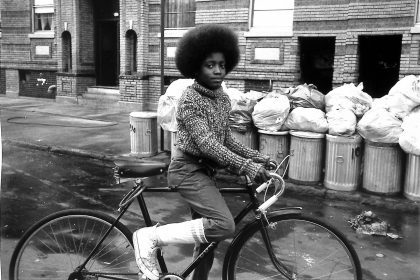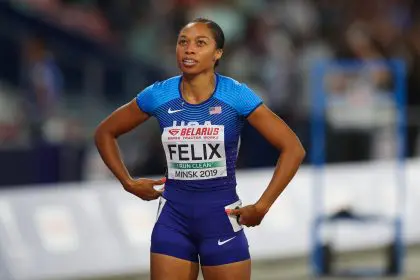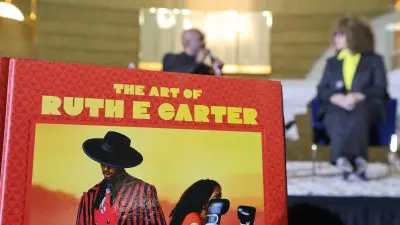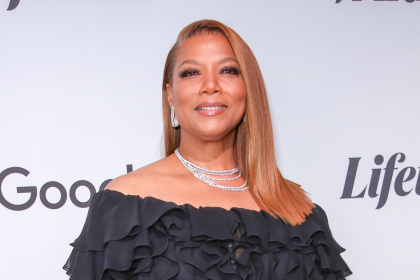
Wells Fargo has commissioned Atlanta-based artist Keith Rosemond II to design six original illustrations for the #MyUntold storytelling campaign and has selected three original pieces for customized debit and credit card designs for its customers. The collection of art showcases the stories of African-Americans reflecting and embracing their cultural identity. The campaign sets an artistic platform for all walks of life to visually see the Black experience through Rosemond’s brilliant work. He spoke with rolling out recently to discuss how the stories were selected, his process for creating the illustrations and his favorite untold stories in Black history.
What sparked your imagination to become an illustrator at a young age?
My father really liked sketching when I was growing up. I think I got the itch to draw from him, but I was into all the things young boys were into as far as comics and cartoons. I loved drawing that kind of stuff. Fast forward into college, I knew I loved to draw and so I went to Savannah College of Art and Design. I wasn’t exactly sure which discipline to go into because there are so many ways you can go with art as a foundation. I decided to go with illustration and I also double majored in graphic design as well. I really like drawing and summing up a whole narrative in one image. I have tried all different types of things as far as ink, water color, and screen print. That is kind of how I got into doing art. Now I sell my art work at art festivals around Atlanta and I have an online store. I also do graphic design during the day for a company in Atlanta. I am trying to feed my hunger.
What specifically about Ross Oscar Knight’s story inspired you to join this campaign and create illustrations for the untold stories in Black History?
His story as you heard is very powerful. The things and the issues he had to overcome as far as his stuttering and people making fun of his complexion. I like hearing stories and try to pick out things that I can make visual. I picked the part of him trying to overcome stuttering. That is why I placed the camera in the image over his mouth and had all the film coming out of the background showing his story in the background. It really just stuck out to me. I chose one really powerful element of it and tried to communicate it well so that when people look at it they can understand it.
How were the six stories selected for you to transform into an illustration?
Usually, Wells Fargo would present me with some stories that people had uploaded to the site. It was more of a group thing but they wanted to know which ones spoke out to me. Stories that stood out to me were ones that were about overcoming something and really had a focus subject matter like Ross’s story.

How long did it take you to complete the illustrations?
Usually, I do that in about a week. I don’t know how to put it any other way but I just really love taking abstract things and words and using those visuals to create abstract thoughts for a short story. This is something that I have loved to do since using the bible as a vision. There are so many metaphors and I would always try to figure out how could I turn this abstract thought and communicate it all one image. I love that challenge, so with hearing people’s stories along those lines was fun for me. A week was enough time to present some thumbnails and small sketches showing them the idea of what I wanted to go for. Wells Fargo would come back and say maybe adjust a couple of things and then I would just go. It was an awesome experience.
What are some of your favorite untold stories in Black history?
One thing that I think Ross touched upon was that many people outside of the Black community don’t know that there’s a little bit of segregation among Black people as far as skin complexion. That’s a big one that people may not know and that story needs to be told. That is an issue with us for sure. Identity is a very big deal for African Americans and that can be very tough when you’re around other ethnicities. Sometimes we feel like we don’t have an identity even around other African Americans. What’s Blackness? Is it what’s being portrayed in entertainment or is it something different? Are there levels and degrees of Blackness? That would be one of the untold stories of African Americans in the larger world today that people don’t know about.
What is your reaction when you see the finished product of their stories brought to life through pen and ink?
Mission accomplished. No matter what type of art that you do we are all trying to communicate something. When you can communicate someone’s untold story that they’ve shared and it may be a really personal thing for them. I really like this project that Wells Fargo has presented to me because I was thinking to myself your history is still being written and it’s not just during Black History Month. This was an opportunity to capture the moment, solidify it and say this is what’s going on right now in our community.
Where can someone go to sign-up and participate in the campaign?
They can go to the website and see all different card designs and then they can select them. It is really easy and some of the team members already have them. Everyone is incredibly anxious to get these card designs. They are available for order and people are getting them rapidly. The cards and the campaign are extending beyond Black History Month.
For more information on Keith Rosemond II go to www.keithtwo.com. If you haven’t signed up for the program it’s not to late to receive your new card. You can fill out an application at https://untoldstories.thismoment.com/.
















